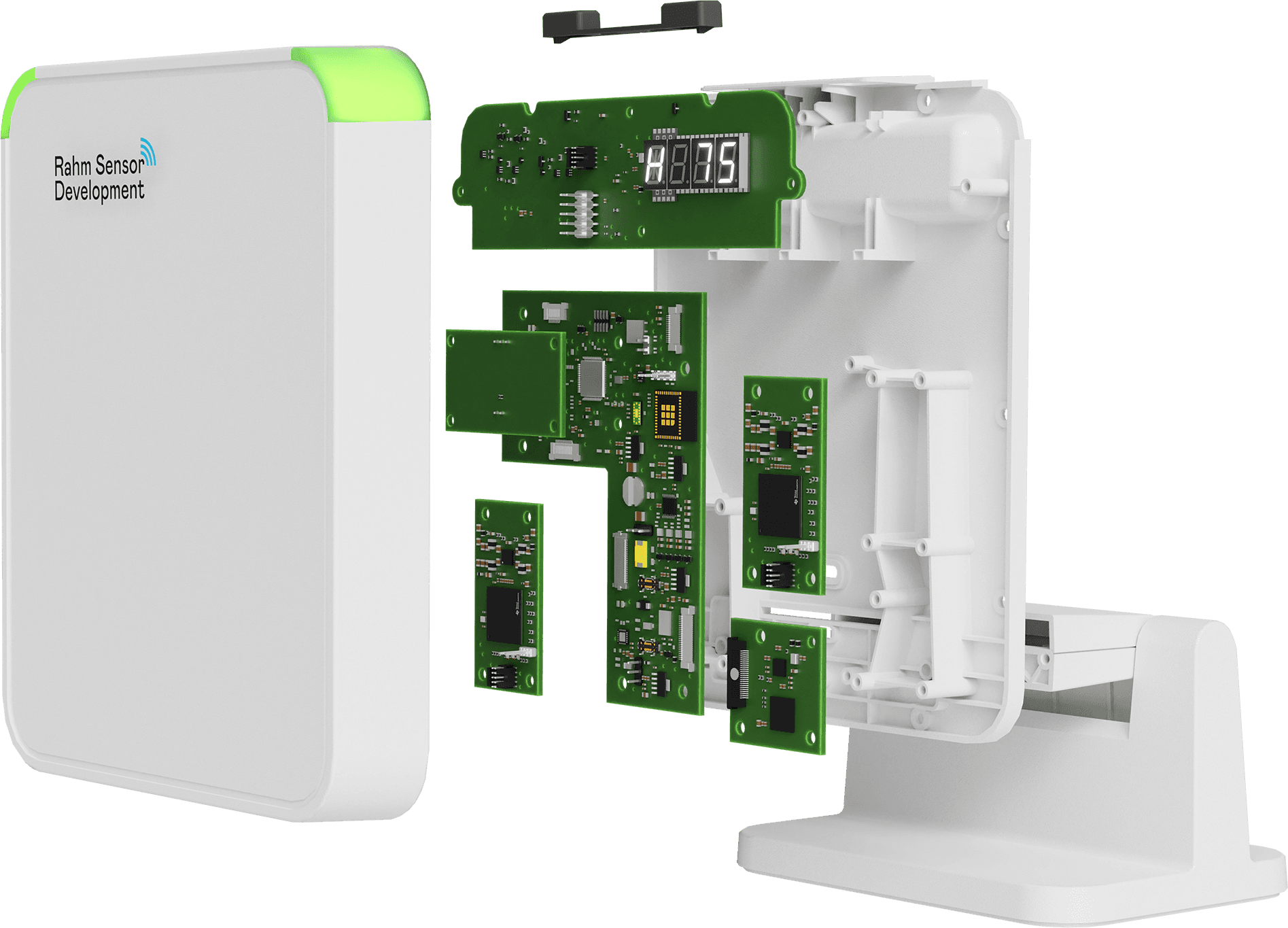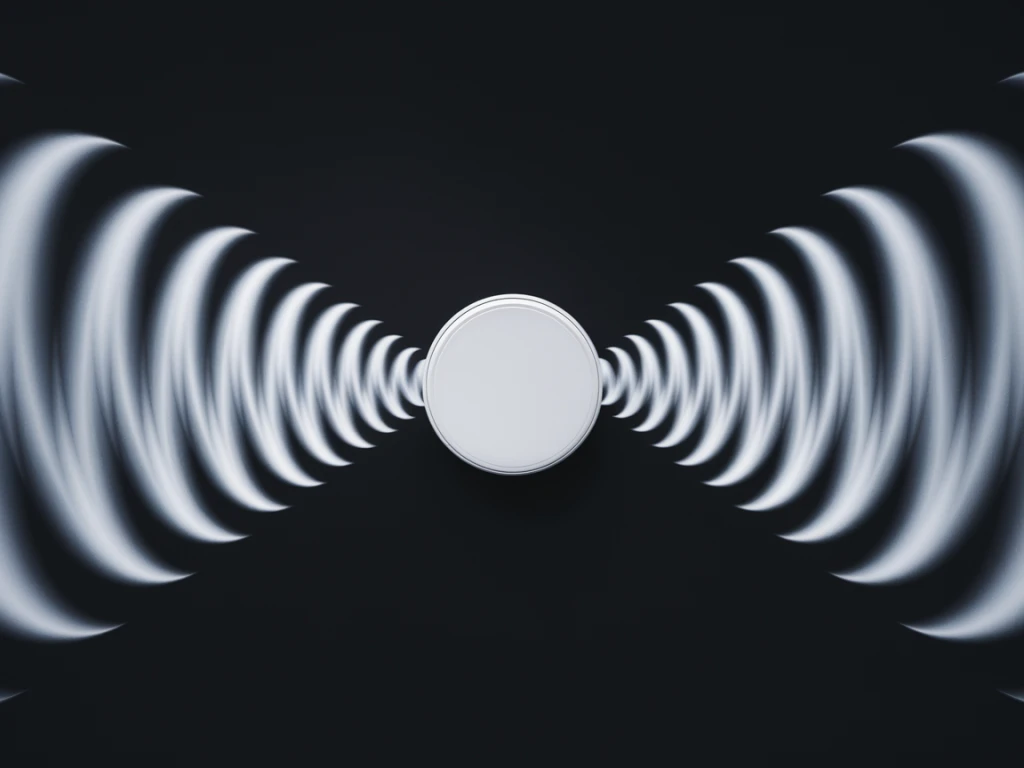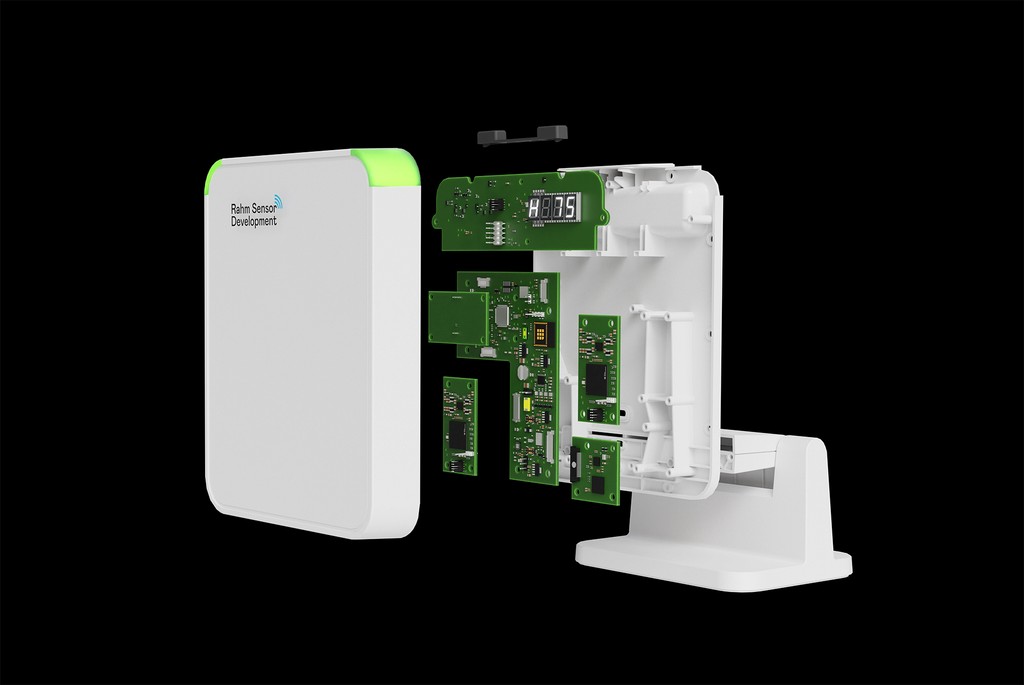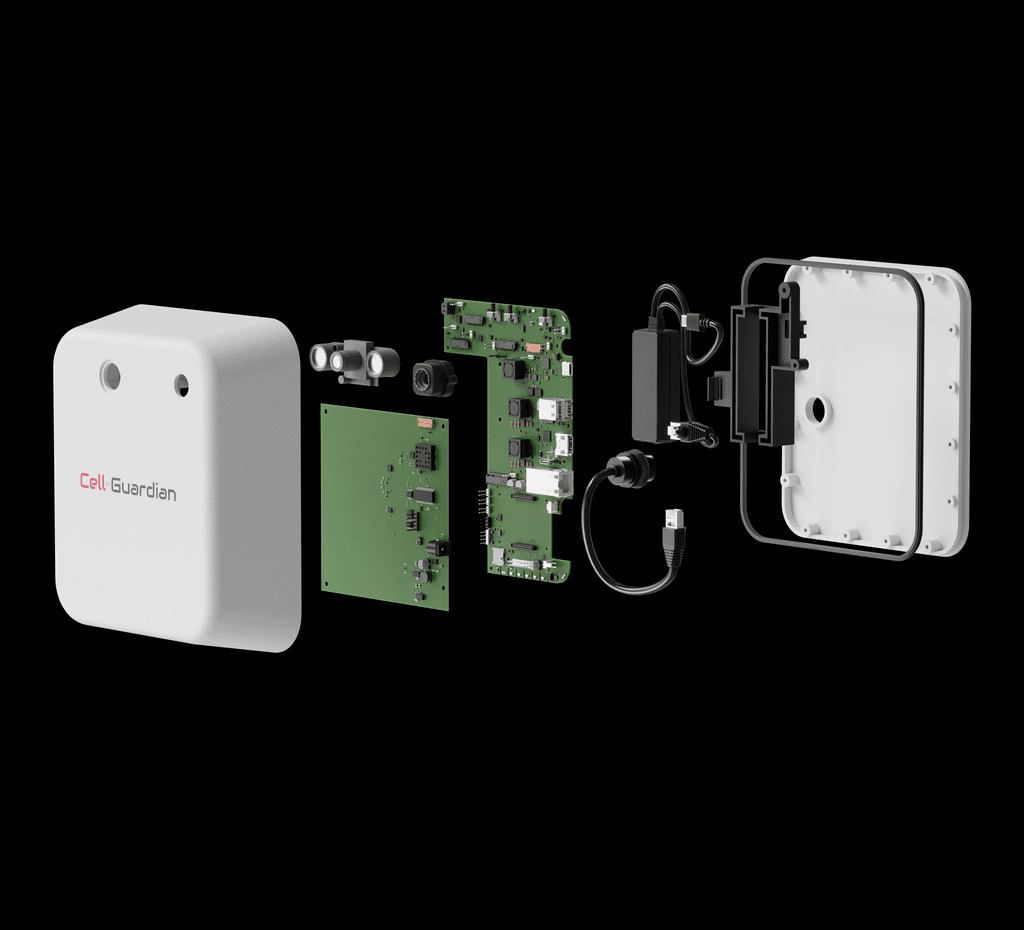Next-Gen FMCW Sensing
By leveraging the power of FMCW technology, Rahm's Guardian solution delivers superior performance, reliability, and cost-effectiveness for non-contact vital sign monitoring across healthcare, correctional facilities, and beyond. Experience the FMCW advantage with Rahm Sensor Development.
What is Radar Technology?
Radar technology is a remote sensing system that uses radio waves to detect and locate objects. It works by emitting electromagnetic pulses and analyzing the echoes reflected back from targets. The time delay and characteristics of these returned signals provide information about an object's distance, speed, and direction relative to the radar unit.
Discover FMCW
FMCW stands for Frequency-Modulated Continuous-Wave, a cutting-edge radar technology that enables highly accurate, real-time monitoring of vital signs and motion without any contact. This groundbreaking capability opens up a world of possibilities for enhancing patient care, ensuring inmate welfare, and much more.
Today, FMCW is used in a range of applications in aerospace, automotive, defense, and telecommunications. Soon you'll find this technology in smart speakers to enhance audio experiences, TVs to enable gesture controls, and hospitals to anticipate patient decline.
FMCW vs UWB
FMCW and UWB are both advanced radar technologies, but they differ in their approach and capabilities.
FMCW uses frequency modulation to determine range and velocity, allowing for high accuracy and resolution with lower data requirements.
UWB, on the other hand, transmits short pulses over a wide bandwidth, enabling precise location tracking but demanding higher sampling rates and processing power.
Key Advantages of FMCW
While both FMCW and UWB are advanced radar technologies, FMCW is the clear choice for vital sign monitoring and indoor sensing applications. FMCW's frequency modulation approach enables superior accuracy and resolution while requiring lower data rates and processing power compared to UWB. This makes FMCW more cost-effective and easier to implement in real-world settings.
Low Data Speed
Our FMCW radars operate at lower sampling rates compared to pulsed radar topologies, thanks to frequency-down-converted beat signals.
Precise Distance
FMCW radars maintain comparable or better range resolution at the same sampling rate.
Adjustable Range
The maximum range of detection for FMCW radars can be set digitally, allowing for the exclusion of further objects from the sensing setup.
Coexistence Capabilities
Continuous waveform radar reduces interference with nearby transceivers, as each occupies a specific frequency.
Rahm Sensor Solutions
Get in Touch
Interested in our vision? Connect with us, and we can shape the future of healthcare together.
Please send us a message using the form below, or via email at info@rahmsd.com.





